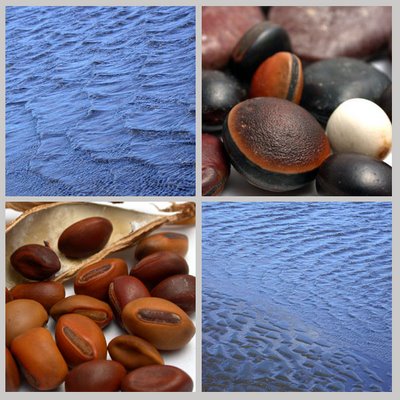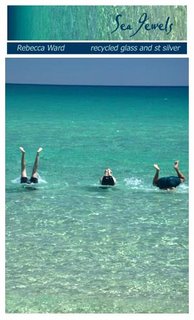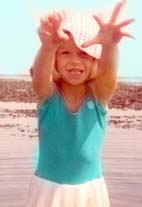 I just got back from hols with Mr Accordian, a Noted UK jeweller/metalsmith and one of the Messrs Bad Samaritans of Brighton. We spent some sunny and joyfilled days among granite in the Great Aussie Outdoors and some smoky and accordian filled nights in cabintopia.
I just got back from hols with Mr Accordian, a Noted UK jeweller/metalsmith and one of the Messrs Bad Samaritans of Brighton. We spent some sunny and joyfilled days among granite in the Great Aussie Outdoors and some smoky and accordian filled nights in cabintopia.While passing through a somewhat claustrophobic small town(Woodenbong), we chanced upon a craft shop and met Big Mal, the famous country and western singer and his agent/wife/crafter. She was definitely the little woman behind the big man. She also makes linaments and herbal remedies for such ailments as boils and pimples and offers free advice on how to suppress grey hair (brown onion skins steeped in boiling water and rinsed through one's hair on a regular basis - if the smell bothers you just add parsley). Apparently brown onion treatment would have your grey old hair looking like my tomato sauce mop. The UK jeweller looked frightened. I cannot say I use onions (red, white or brown) in quite this way but kept mum. My English friend whose glorious grey curls are her trademark, took the advice quite well under the circumstances, but is not likely to be found with parsely in her lovely locks or ponging of onion.
Casting around for some small token to purchase I found these $3 Bundaberg ginger beer bikes made by the crafter's son to raise money for the local nursing home and I just had to have one. Feeling much like little insects trapped in a sundew forest, we backed nervously out the door past the table of watchtower back issues and received a blessing from the Lord.
Casting around for some small token to purchase I found these $3 Bundaberg ginger beer bikes made by the crafter's son to raise money for the local nursing home and I just had to have one. Feeling much like little insects trapped in a sundew forest, we backed nervously out the door past the table of watchtower back issues and received a blessing from the Lord.
Meantime I got the great news that several of my Nana pieces had been purchased by Toowoomba Regional Art gallery. So I guess I was touched by some Woodenbong magic that day.
I got home, looked at Mr Accordian's photos and had a GANGajang moment: This is Orstraylia.....








